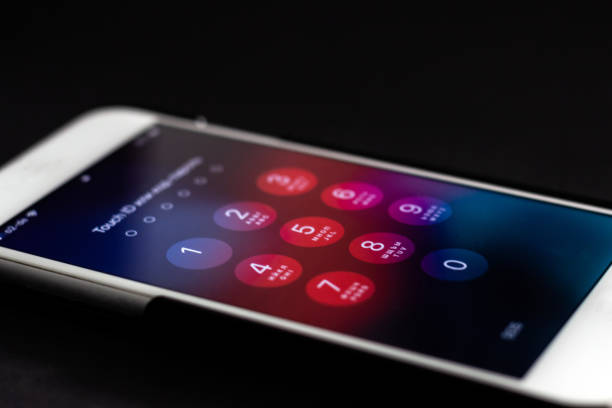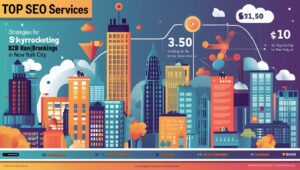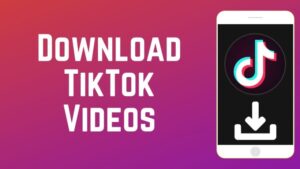
In today’s digital-first world, mobile apps are the lifeblood of modern businesses. Whether you’re launching a startup, digitizing an existing service, or exploring a new revenue stream, the mobile platform you choose—Android or iOS—can have a significant impact on your app’s performance, development cost, and long-term success.
This comprehensive guide by Pixel Genesys, a leading provider of mobile app development services, walks you through the pros and cons of Android and iOS app development. Whether you’re just researching or actively planning your next app, this blog will help you make the most informed decision.
Table of Contents
-
Android vs iOS: A Quick Overview
-
Market Share and User Demographics
-
Development Environment and Languages
-
Cost Considerations
-
Design Guidelines and UI/UX
-
App Store Submission and Approval
-
Monetization Options
-
Security and Privacy
-
Update and Maintenance Flexibility
-
Final Thoughts: Which Should You Choose?
1. Android vs iOS: A Quick Overview
Android is Google’s open-source mobile operating system, used by a wide variety of manufacturers (Samsung, Google Pixel, Xiaomi, etc.). It dominates in terms of global market share and device variety.
iOS, on the other hand, is Apple’s proprietary operating system. It’s used exclusively on Apple devices, including iPhones and iPads. iOS is known for its closed ecosystem, seamless performance, and user loyalty.
When considering app development, the platform you choose affects:
-
Your audience reach
-
Your development timeline
-
Your budget
-
Your monetization strategy
Understanding the trade-offs is key to choosing the best platform.
2. Market Share and User Demographics
✅ Android
-
Holds 72%+ of global market share
-
Popular in regions like Asia, Africa, and South America
-
Devices across all price ranges
-
More accessible to users in developing countries
✅ iOS
-
Stronghold in North America, Western Europe, and Australia
-
Users tend to have higher income levels
-
Ideal for premium services and paid apps
-
Strong brand loyalty and app engagement
Takeaway: If your app targets a global or cost-sensitive audience, Android may be the better choice. If your target users are in developed markets or you’re focusing on monetization via subscriptions or in-app purchases, iOS is ideal.
3. Development Environment and Languages
✅ Android
-
Programming Languages: Kotlin (preferred), Java
-
IDE: Android Studio
-
Open-source with access to a variety of APIs and SDKs
-
More flexibility in customization
✅ iOS
-
Programming Languages: Swift (preferred), Objective-C
-
IDE: Xcode
-
Apple’s closed system offers strict guidelines and better standardization
Note: If you’re new to iOS development, here’s a step-by-step guide on How to Make an iOS App to help you get started.
4. Cost Considerations
✅ Android
-
Development cost can be higher due to device fragmentation (supporting many screen sizes and OS versions)
-
Testing requires more time and resources
✅ iOS
-
Faster development cycles due to limited devices and standardized UI components
-
Less time spent on testing = lower costs
Wondering about the total budget for your app? Here’s an accurate breakdown of How Much Does It Cost to Make an App in 2025 for both platforms.
And if you’re building something complex like a rideshare app, check out the estimated Cost to Build an App like Uber for platform-wise comparisons.
5. Design Guidelines and UI/UX
✅ Android
-
Guided by Material Design principles by Google
-
More freedom for customization, but risks inconsistent experiences
-
Designs must adapt to many screen resolutions and device sizes
✅ iOS
-
Uses Apple’s Human Interface Guidelines
-
UI elements are highly standardized
-
Users expect a polished and consistent experience
iOS typically offers a cleaner user experience out-of-the-box, while Android gives more design flexibility but demands more testing and adjustments.
6. App Store Submission and Approval
✅ Android (Google Play Store)
-
Faster review times (usually within 24 hours)
-
Fewer restrictions; easier to publish updates
-
More lenient policies
✅ iOS (App Store)
-
Strict and detailed review process
-
Approval can take from 2 to 7 days
-
Apps must pass security, design, and performance benchmarks
While Google Play is more developer-friendly, Apple’s App Store offers a more curated user experience and app ecosystem.
7. Monetization Options
✅ Android
-
Higher ad revenue due to broader user base
-
Google AdMob integration is straightforward
-
Struggles with in-app purchase (IAP) revenue
✅ iOS
-
Generates twice the revenue per user compared to Android
-
Higher success with paid apps and subscriptions
-
Users are more willing to pay for premium experiences
If your app is heavily reliant on IAP or subscriptions, iOS is likely to give you better ROI.
8. Security and Privacy
✅ Android
-
Open-source nature makes it more vulnerable
-
Security patches are frequent but depend on device manufacturers
-
Developers need to be proactive about data encryption and app security
✅ iOS
-
Controlled ecosystem offers better security
-
Apple enforces strict data privacy rules
-
Regular and consistent updates across all devices
For apps handling sensitive data, such as healthcare or fintech, iOS offers a more secure development environment.
9. Update and Maintenance Flexibility
✅ Android
-
Google allows more flexibility in pushing app updates
-
Developers can roll out beta versions to selected users
-
However, older devices may not receive newer OS versions
✅ iOS
-
Updates are pushed quickly to all compatible devices
-
Users adopt newer versions more rapidly
-
Ensures your app is running on up-to-date systems
This reduces maintenance efforts on iOS significantly compared to Android.
10. Considering Hybrid Development?
Can’t decide between Android and iOS? You may benefit from hybrid app development, which allows you to build one app that works across both platforms.
Check out How Much Does Hybrid App Development Cost to compare your options for building cross-platform apps without doubling your workload or cost.
Hybrid development is perfect for:
-
MVPs and startups
-
Budget-conscious projects
-
Quick go-to-market needs
However, it may lack native features or optimized performance required by high-end applications.
Final Thoughts: Which Should You Choose?
Choosing between Android vs iOS app development depends entirely on your business goals, budget, and target audience.
| Criteria | Choose Android If… | Choose iOS If… |
|---|---|---|
| Audience | You want maximum global reach | You want high-spending users in developed regions |
| Budget | You have room for testing across devices | You want quicker development and deployment |
| Timeline | You can afford longer QA and testing cycles | You want faster approval and launch |
| Monetization | You rely on ad revenue | You plan to use subscriptions or in-app purchases |
| Security | You’re building standard B2C apps | You’re building apps that require high data privacy |
Ultimately, the best approach may be to start with one platform (usually iOS for ROI, Android for reach) and expand once you’ve validated your app idea.
Your Next Steps
Ready to bring your app idea to life? Partner with Pixel Genesys, your trusted partner for mobile app development services. From conceptualization to launch, our experts guide you through every phase of the journey.
Whether you want to learn How to Make an iOS App, understand How Much Does It Cost to Make an App, or explore the Cost to Build an App like Uber—we’ve got the tools, insights, and tech stack you need to succeed.




